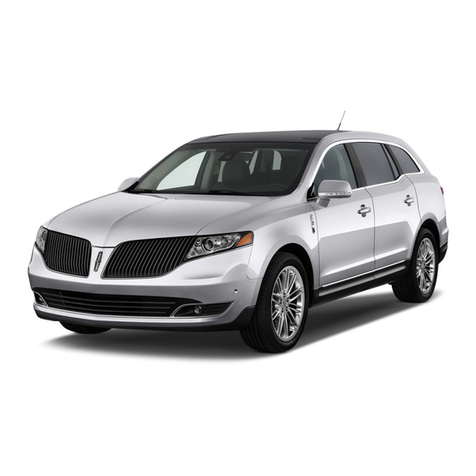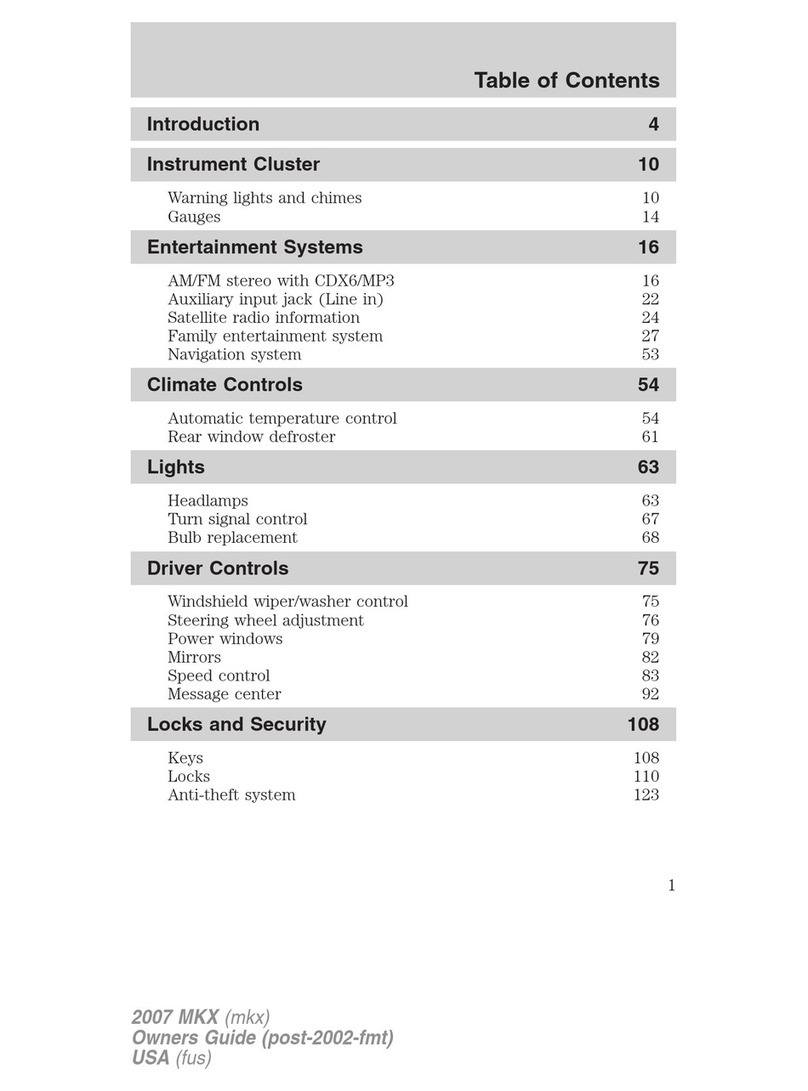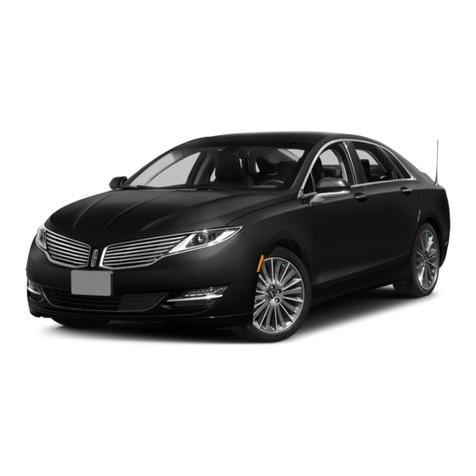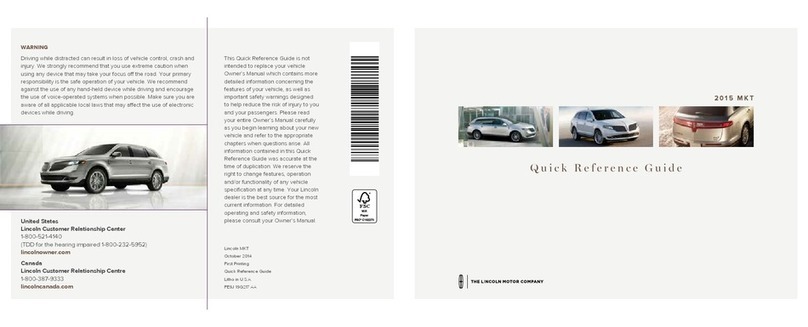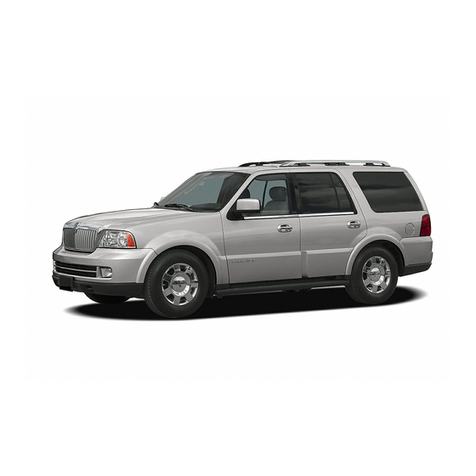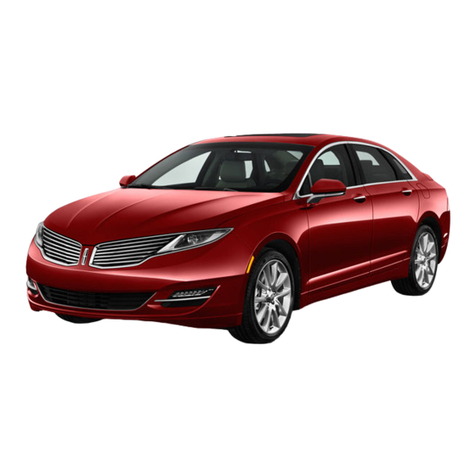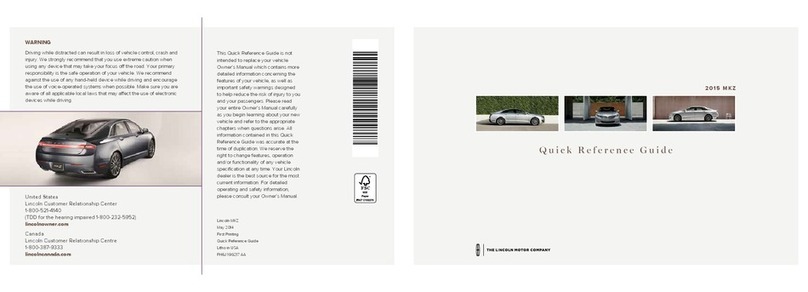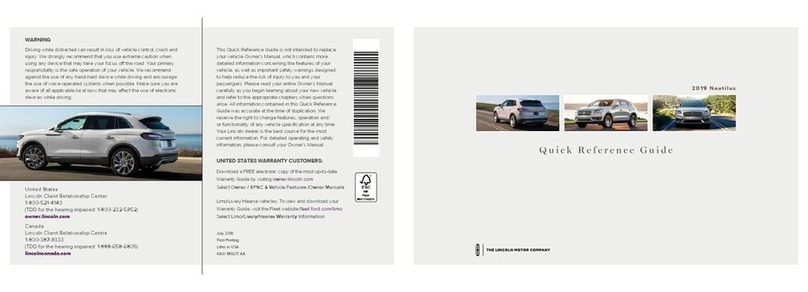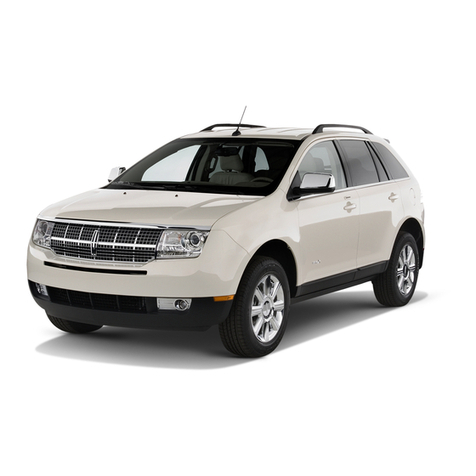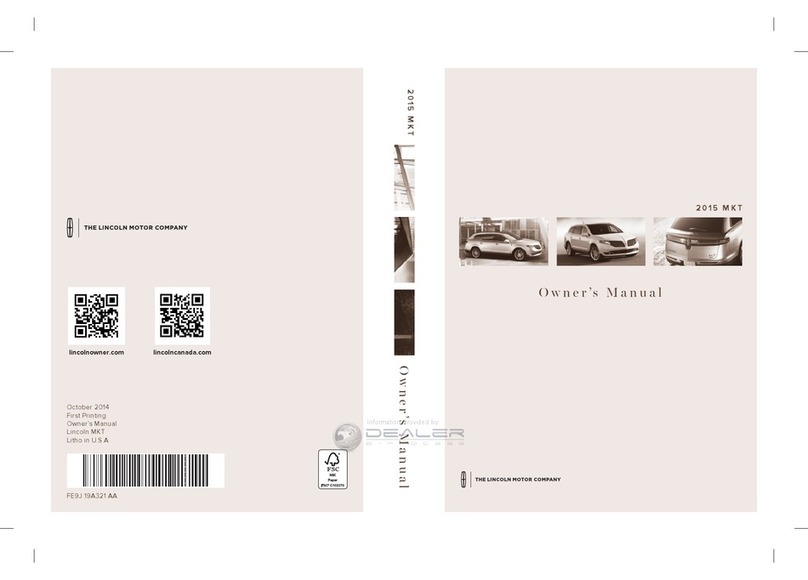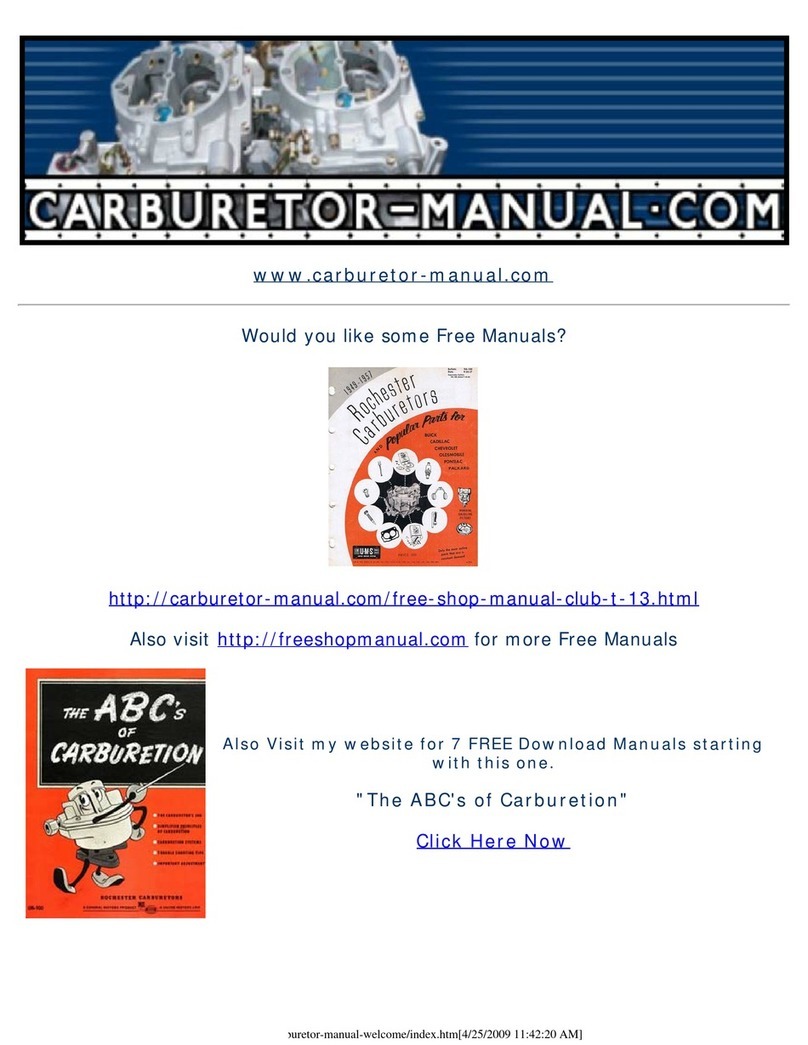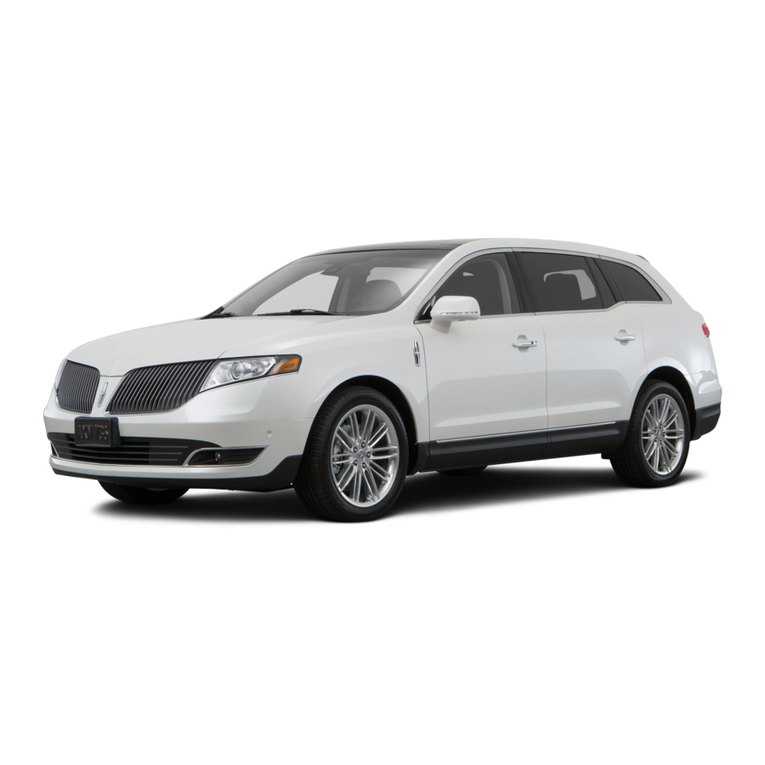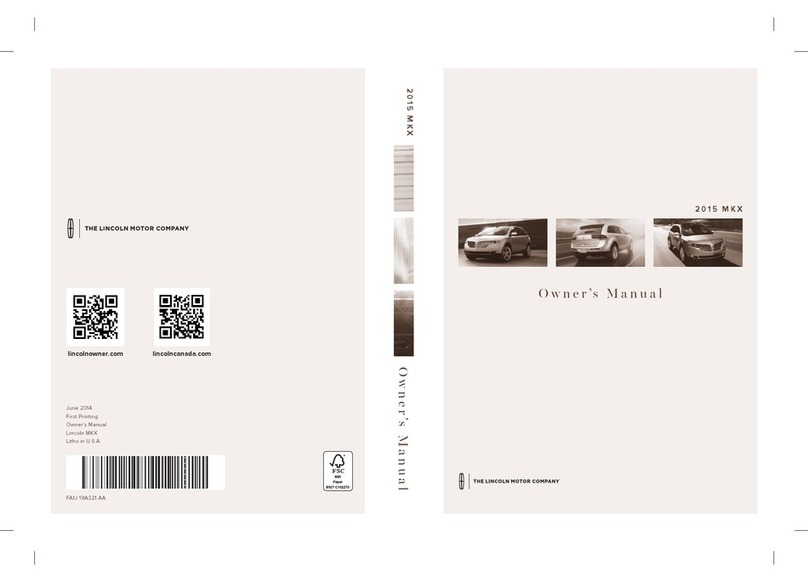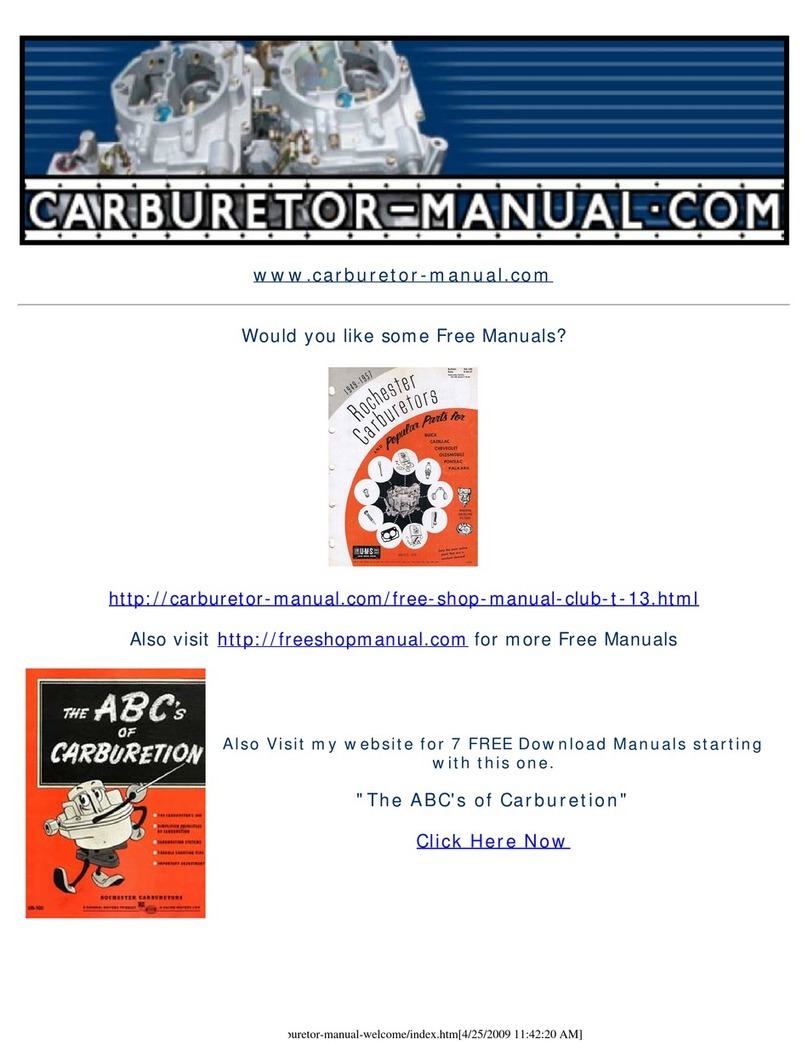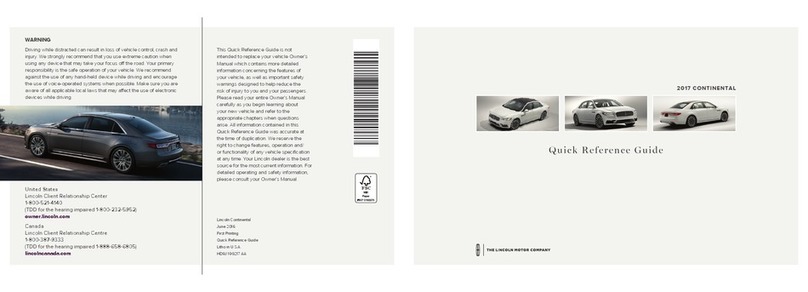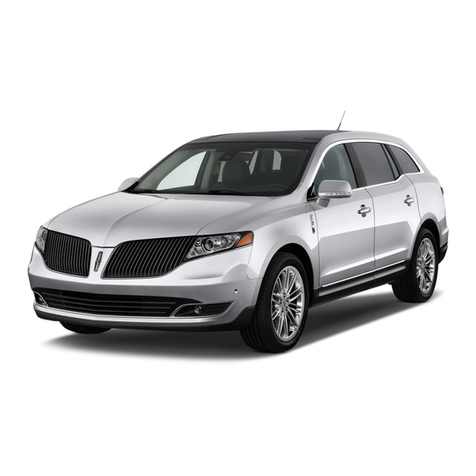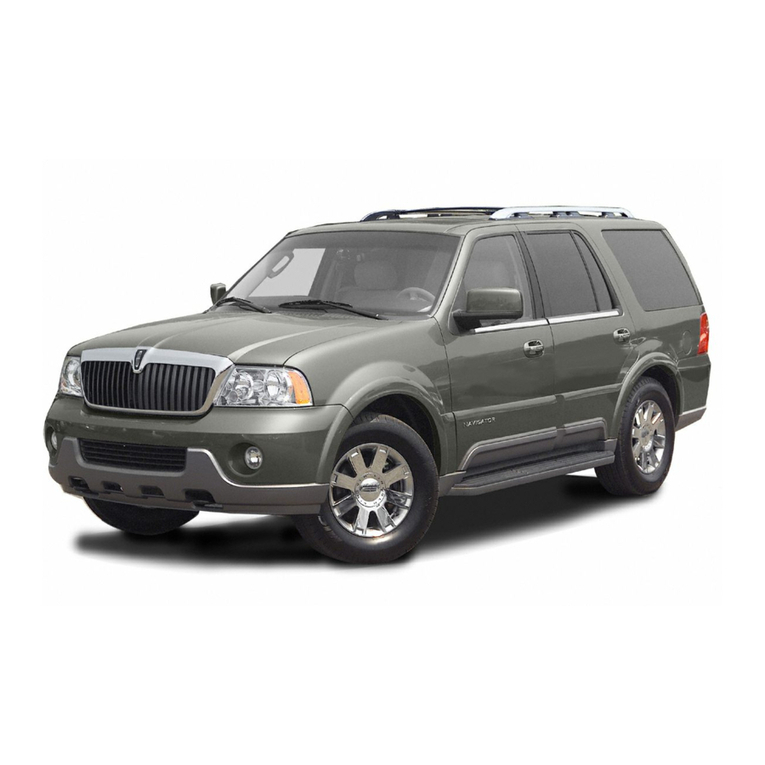
1
(FIRST)
-Provides
a first gear sta
rt-up
and holding in first. Also,
to
he
lp brake the
ca
r on hilly roads where t
he
"2"
position does not
provide sufficient braking,
shift
the
selector lever to
"1
".
The trans-
mission
will
shift
to
and remain in second gear at speeds above
approximately 20
to
29 M
PH
. If vehicle speed drops bel
ow
20
to
29
MPH, the transmission
will
automatically shift
to
and remain
in
first
gear. To prevent unneccessary w
ea
r, do
not
dri
ve
faster than 35 MPH
in first gea
r.
Upshifts from " 1" should
be
made only
by
manually
shifting from
"1"
to
"2"
and then from
"2"
to
"0"
posit
io
n.
CAUTION:
On
slippery
road
surfaces
(wet,
icy,
gravel,
greasy,
etc.).
do
not
shift
into
"'"
position
at
speeds
above
20
M PH
because
the
slippery
surface
might
cause
the
vehicle
to
skid
when
the
powerful
braking
action
resulting
from
the
shift
is
imparted
to
the
rear
wheels.
Under
normal
conditions,
the
transmission
may
be
shifted
to
the
(
',"
position
at
speeds
up
to
70
MPH.
Forced
Dow
ns
hifts
(" 0 "
po
s
ition
only)-At
speeds between
30 and 75 MPH
in
t
he
"0"
range, you can get the qui
ck
power
and
acceleration needed to pass moving
ca
rs or to cli
mb
steep grades by
floori
ng
the accelerator pedal
to
downshift
from high to second
gea
r.
A forced
downshift
from high or second to low gear is possible
at speeds under 35 MPH in
"0"
range.
6
NEW
CAR
BREAK
-IN
Up to 250 mil
es,
avoid wi
de
op
en
thr
ott
le starts and drive
slow
ly until
the engine warms up. Brake linings
will
seat better
if
ha
rd
stops are
avoided. In fact, brake lin
ing
wear can be materially reduced
by
avoidi
ng
severe stops
throughou
t the li
fe
of the car.
250
to
500 miles, drive normally up
to
speeds
of
60 miles
pe
r
hour.
Va
ri
able speeds
are
best during the break-in period.
500 to 2000 mil
es,
drive at any legal speed. Top speed should
be
avoided
unt
il the
ca
r
has
been driv
en
at least 2000 miles.
Don't look for
top
economy in your
new
car
unt
il
it
has
been
driven at least
2000
mil
es.
It's normal for a
new
car
to
use
more fuel
during the break-in period.
Fu
el economy will be improved
by
avoiding
wide open thro
tt
le starts.
TOWING
Make
su
re the
pa
rking brakes are released (use the manual
tr
ip lever)
and t
he
transmi
ss
ion is in neutra
l.
See page 8 for instructions.
It is important
to
know
that the transmission and rear
ax
le are in
proper
wo
rki
ng
order before pushi
ng
or
towing.
To move a
ca
r
with
an
inoperative axle, it is necessary
to
rai
se
the rear wheels.
If
the
transmission is inoperative, the driveshaft must
be
removed or the
rear wheels
ra
ised,
wh
ichever
is
more convenient.
